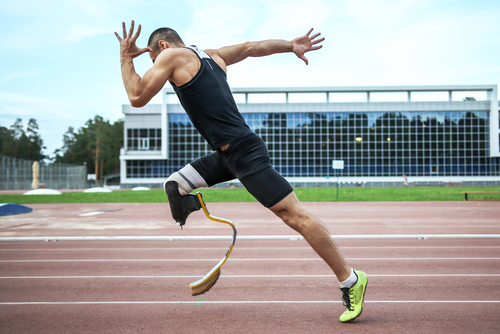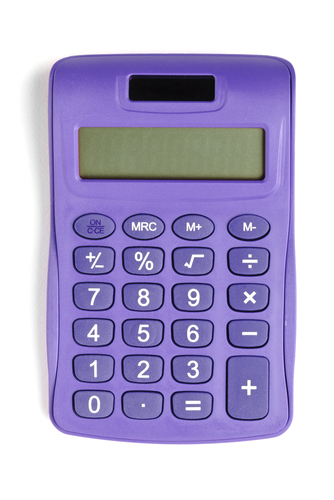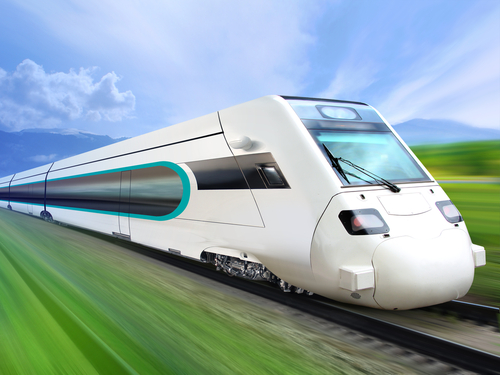If you watch someone compete in a 100 metre sprint, you could time how long it takes them to run that distance and try and calculate their speed.

But does that sprinter run at a constant speed throughout the race? No, the sprinter starts slower, then gets faster and faster over the first few seconds of the race.
Instead, what we could do is calculate the average speed of the sprinter, using the total distance travelled, and the total time taken. Let's learn about how we can calculate average speed!

What is speed?
Speed measures how fast something travels - speed tells us how far something travels in a given time. We can calculate speed using this equation:

Speed can be measured in lots of different units, but the standard unit is metres per second (m/s).
Distance is measured in metres.
Time is measured in seconds.
When objects move, they sometimes move at constant speeds. At a constant speed, an object moves the same distance every second. For example, if you run for a bus at 3 m/s, that means that every second you travel 3 metres.

Often, the speed of an object might not be constant. Objects can speed up, getting faster and faster. That is acceleration. Objects can also slow down - that is called deceleration.
It is useful to be able to calculate the average speed of an object, over its whole journey.
We can calculate the average speed using the speed equation listed above. We need to take the overall distance travelled, and divide it by the overall time taken.
Let's look at an example.
Example
A train travels a distance of 3,500 metres, in a time of 125 seconds.
What is the average speed of the train?

Answer
First, let's make sure we write down the right equation we need to use.
Average speed (m/s) = Total distance (m) ÷ Total time (s)
Average speed (m/s) = 3,500 m ÷ 125 s
Average speed = 28 m/s
Now that we understand the concept of average speed, let's try some questions!








